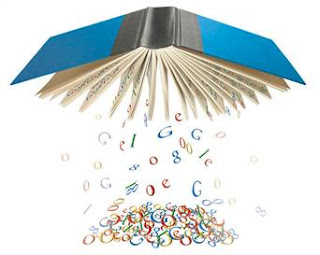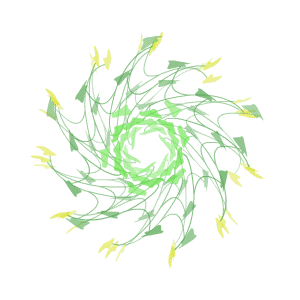 What will the future of librarianship look like? Traditional cataloging, collection development, and reference will look very different, even five years from now. Changes are in motion. Don't you get the feeling that things are going to be fast and furious? There seems to be a lot of anxiety and uncertainty among librarians about what the future holds. But change is inevitable in life. From the card catalog to OPACs to the Internet, librarians and information professionals have had to adjust and adapt accordingly to new technologies. But unlike other professions that rely on technology, it's always had to catch up rather than take the lead. But we might not have a choice in the new Web. Here are 5 opportunities for us to look ahead to.
What will the future of librarianship look like? Traditional cataloging, collection development, and reference will look very different, even five years from now. Changes are in motion. Don't you get the feeling that things are going to be fast and furious? There seems to be a lot of anxiety and uncertainty among librarians about what the future holds. But change is inevitable in life. From the card catalog to OPACs to the Internet, librarians and information professionals have had to adjust and adapt accordingly to new technologies. But unlike other professions that rely on technology, it's always had to catch up rather than take the lead. But we might not have a choice in the new Web. Here are 5 opportunities for us to look ahead to.(1) Resource Description and Access - With the Anglo-American Cataloging Rules 2 (AACR2) moving way for its successor, the RDA will play an essential role for how information is to be classified and held in libraries and information organizations. However, the RDA will move beyond just the physical and include Web resources as well. You may ask, how can we catalog something that changes constantly? That's where the Semantic Web comes in.
(2) Information Architecture - Librarians have had to organize information. It's their jobs. As Web become more integrated into their work (as if it weren't already?), librarians will rely ever more so on the Web to conduct their work with patrons. Digital outreach is the key to survival. In order to achieve this, building accessible and user-centred websites will be essential.
(3) Virtual Worlds - Everywhere gate counts are going down in libraries. Patrons are frequenting libraries less and less for information seeking, and more for products and spaces. This means that reference librarianship is changing, too. To a certain extent, we've experimented with virtual reference. In the future, if we are to embrace the possibilities of how we can bring our expertise to the user through other means. Whether it's Facebook, MySpace, Second Life, or Meebo. Think beyond the walls.
(4) Open Access - Traditional publishing is nearing its last legs. Things fall apart; the centre cannot hold. Textbook publishers are churning new editions of the same text in order to prevent re-selling; journal publishers are forcing the print copies to be sold as a package with their electronic versions. Why? Fear. Publishers are scrambling to stay in business. Open access will open up new opportunities for how students and users buy books. Why not build you own textbook?
(5) "Free-conomics" - Everything that users will want will be "free." To understand this principle, just look at the things that you are using without paying. It's based on the 1% principle, where 99% of users get access to the basics of a product while 1% of the others pay for the full premium. The spirit of librarianship has been about the principle of public good and collaboration. It's only natural we find ways to integrate the 1% principle to its full extent.













